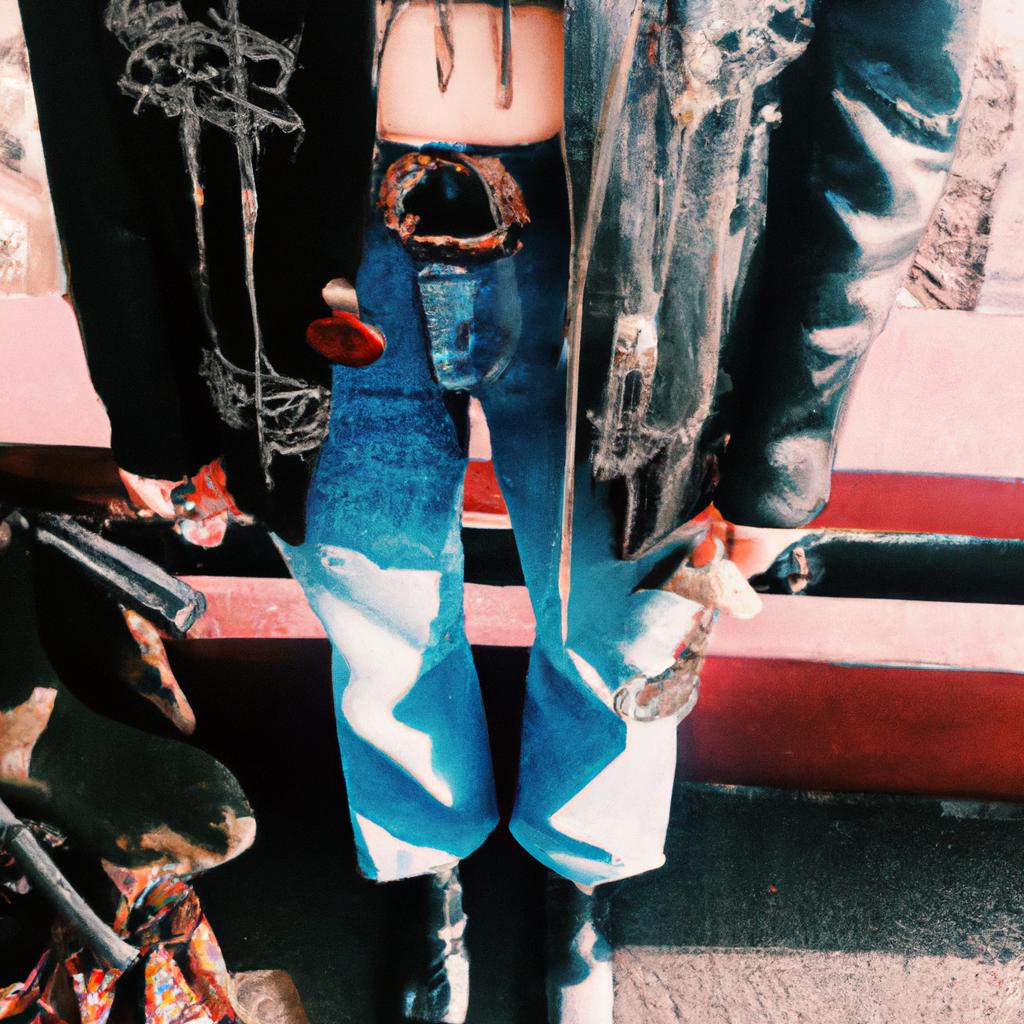
The Style of Hipsters: Exploring Alternative Fashion
Welcome to the world of hipsters, where fashion is more than just a trend – it’s a lifestyle. Hipster style is all about self-expression and standing out from the mainstream. This guide will take you on a journey through the unique fashion sense of hipsters and help you understand what sets them apart from the rest.
But first, let’s define what a hipster is. The term “hipster” originated in the 1940s with the Beat Generation, a group of writers and artists who rejected traditional societal norms and embraced individualism and creativity. Fast forward to today, and the term has evolved to describe a subculture of individuals who reject mainstream culture and strive for authenticity in their personal style.
Hipsters often draw inspiration from various cultures and time periods, resulting in a diverse and eclectic fashion sense. They are known for mixing vintage pieces with modern items, incorporating indie brands and supporting small businesses. But more than just fashion, hipsters also embrace DIY culture, often creating their own unique pieces or customizing existing ones to fit their personal style.
This guide will delve into the history, elements, and significance of hipster fashion, helping you understand and appreciate this unique subculture. So grab your fedora hat and oversized glasses, and let’s dive into the world of hipster style!
Understanding the History and Origins of Hipster Style
The term “hipster” originated in the 1940s and referred to a subculture that rejected mainstream values and emphasized intellectualism, non-conformity, and alternative lifestyles. It was closely tied to the Beat Generation, a group of artists, writers, and musicians who challenged social norms and traditional ideas. These early hipsters rejected consumerism and materialism, instead focusing on self-expression and anti-establishment beliefs. This countercultural movement laid the foundation for the modern hipster style we see today.
The 1960s saw a resurgence of the hipster movement, with the rise of folk music and the hippie counterculture. This brought about a new wave of bohemian-inspired fashion, characterized by flowy clothing, handmade accessories, and natural materials. The 1970s and 1980s saw the emergence of punk and grunge subcultures, which heavily influenced the edgy and rebellious style associated with hipsters.
Fast forward to the present day, and the hipster fashion scene is still going strong, with various subcultures and trends constantly evolving. Some of the key elements that have remained consistent throughout the years include a preference for vintage and thrifted clothing, support for independent and sustainable brands, and a DIY approach to fashion and personal style.
- Vintage pieces: Hipsters have a love for all things retro and nostalgic. They often incorporate vintage pieces into their outfits, whether it’s a pair of high-waisted jeans or a statement jacket from a past era.
- Indie brands: Supporting small, independent brands is a core value for many hipsters. These brands often offer unique and one-of-a-kind pieces that align with the hipster aesthetic.
- DIY culture: Hipsters are known for their creativity and individuality, often expressing themselves through DIY projects and customizing their clothing to make it truly their own.
Overall, the history of hipster style is intertwined with counterculture and the rejection of mainstream fashion norms. It’s a constantly evolving movement that embraces individuality and self-expression, making it a unique and exciting aspect of alternative fashion.
The Elements of Hipster Fashion
Hipster fashion is all about individuality, self-expression, and rejecting mainstream trends. This alternative style is characterized by a mix of vintage pieces, indie brands, and DIY culture.
- Vintage Pieces: A key element of hipster fashion is incorporating vintage clothing into your outfits. This can include thrifted items, hand-me-downs, or vintage-inspired pieces. Mixing old and new creates a unique and eclectic look that stands out from mainstream fashion.
- Indie Brands: Instead of following popular designer labels, hipsters often seek out lesser-known independent brands. These small businesses offer unique and one-of-a-kind pieces that reflect the values and aesthetics of the hipster subculture.
- DIY Culture: Hipsters also embrace the do-it-yourself mentality when it comes to fashion. This can involve customizing or upcycling clothing, creating handmade accessories, or even making their own clothes from scratch. This adds a personal touch and promotes sustainability within the fashion industry.
By combining these elements, hipster fashion allows for endless creativity and self-expression. It’s not about following trends, but rather creating your own unique style that reflects who you are as an individual.
Techniques for Incorporating Hipster Fashion into Your Personal Style
Hipster fashion is all about being unique and expressing your individuality through your clothing choices. However, it can be intimidating to try and incorporate this style into your own wardrobe without feeling like you’re copying someone else’s look. Here are some techniques to help you rock hipster fashion while staying true to yourself:
- Start with the basics: Every hipster wardrobe has a few key pieces that serve as the foundation for their outfit. These include vintage t-shirts, flannel shirts, high-waisted jeans, and oversized sweaters. Invest in these staples and mix and match them with more statement pieces to create your own unique look.
- Shop at indie brands and thrift stores: Hipsters are known for supporting independent and small businesses, so look for clothing at local boutiques and online indie shops. Also, don’t underestimate the treasures you can find at thrift stores, which often have a great selection of vintage pieces at affordable prices.
- Add accessories: A key part of the hipster fashion aesthetic is accessorizing. Think chunky glasses, beanie hats, patterned scarves, and quirky statement jewelry. These small details can take a simple outfit to the next level and show off your personal style.
- Experiment with layers: Layering is a staple in hipster fashion and allows you to mix and match different pieces to create your own unique look. Try layering a long-sleeved shirt under a dress or a cardigan over a graphic tee for a cozy yet stylish ensemble.
- Get creative with DIY: Hipsters love to put their own spin on things, and DIY projects are a great way to do that. Upcycle old clothing or customize pieces with patches, embroidery, or bleaching to give them a unique look. Not only is this an affordable option, but it also adds a personal touch to your style.
Remember, the key to incorporating hipster fashion into your personal style is to stay true to yourself and have fun with it. Don’t be afraid to mix and match different elements and make the trend your own. Embrace your individuality and be a part of the ever-evolving world of hipsters.
Discussing the Societal and Cultural Significance of Hipster Fashion
Hipster fashion is not just about wearing quirky or vintage clothing, it has a deeper significance in society and culture. It goes beyond just being a trend, it represents a lifestyle and a way of thinking for many individuals.
The hipster fashion movement emerged in the early 2000s and has been constantly evolving ever since. It is often associated with the younger generation, but people from all ages have embraced this unique style. The popularity of hipster fashion has had a significant impact on mainstream fashion and has broken traditional norms in the fashion industry.
One of the main reasons for the rise of hipster fashion is its focus on individuality and self-expression. By rejecting mainstream fashion trends, hipsters create their own unique style that reflects their personality and interests. This non-conformist attitude challenges societal expectations and encourages people to be true to themselves.
Moreover, the emphasis on sustainability and ethical fashion in the hipster fashion movement has brought attention to important issues in the fashion industry. By supporting second-hand and vintage clothing, as well as independent and ethical brands, hipsters promote a more environmentally-friendly and socially-conscious approach to fashion.
Hipster fashion also has a strong connection to art, music, and other forms of creative expression. The use of unconventional and obscure pieces in hipster outfits reflects a love for all things artistic and unconventional. This has not only influenced fashion trends but has also created a sense of community among like-minded individuals who share similar interests and passions.
In terms of cultural significance, hipster fashion has become a symbol of rebellion and anti-establishment. It challenges the mainstream ideals of beauty and promotes diversity and acceptance of different styles and perspectives. It has given a voice to marginalized groups and has paved the way for inclusivity and representation in the fashion industry.
In conclusion, the rise of hipster fashion has had a significant impact on society and culture. It represents a shift towards individuality, sustainability, creativity, and acceptance. By embracing alternative fashion, hipsters have sparked a change in the fashion industry and have empowered individuals to express themselves freely. So embrace your inner hipster and be a part of this ever-evolving fashion movement.
Conclusion: Embracing Alternative Fashion and Joining the Hipster Movement
Congratulations, you have now reached the end of our guide to exploring the style of hipsters. We hope that this journey has enlightened you about the fascinating world of alternative fashion and inspired you to embrace it in your own unique way.
Hipster fashion is constantly evolving, drawing inspiration from various subcultures and blending them together to create a style that is truly one-of-a-kind. By incorporating vintage pieces, indie brands, and DIY culture, hipsters have created a fashion movement that celebrates individuality and rejects mainstream trends.
So why not join the hipster movement and add some alternative flair to your wardrobe? Don’t be afraid to mix and match different styles and experiment with your fashion choices. Remember, the key is to stay true to yourself and your own personal style while embracing the uniqueness of the hipster fashion world.
We also encourage you to delve deeper into the history and origins of hipster style, as understanding its roots will give you a better appreciation for its significance in modern fashion. And don’t forget to support small indie brands and thrift stores, as they are often the heart and soul of the hipster fashion scene.
By embracing alternative fashion and becoming a part of the ever-evolving world of hipsters, you are not only making a statement with your style but also challenging societal norms and celebrating individuality and creativity. So go out there, be bold, and let your inner hipster shine!
comments: 0

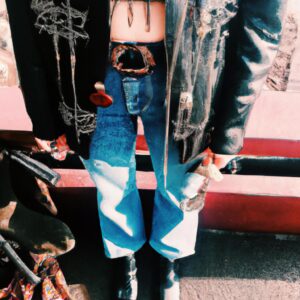
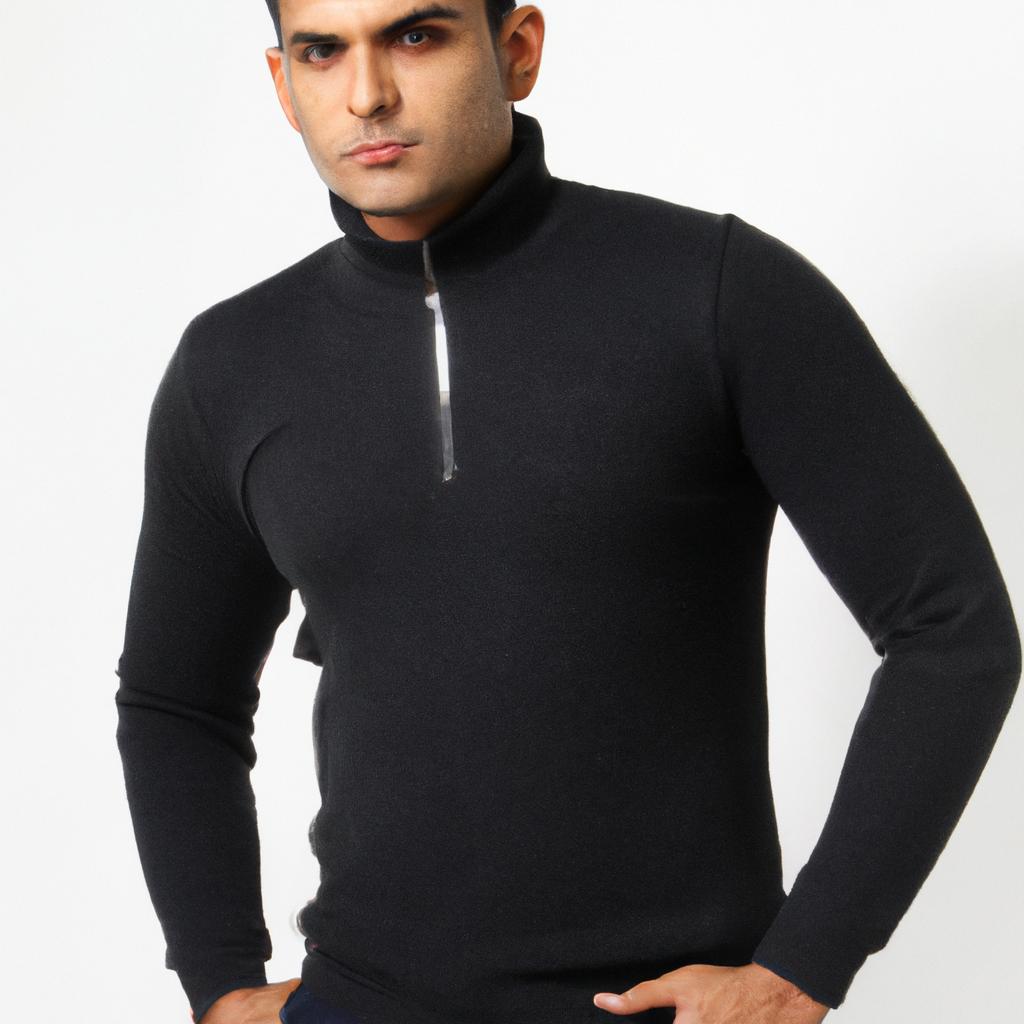 Elevate Your Style: Mastering Understated Elegance for Men – A Guide
Elevate Your Style: Mastering Understated Elegance for Men – A Guide 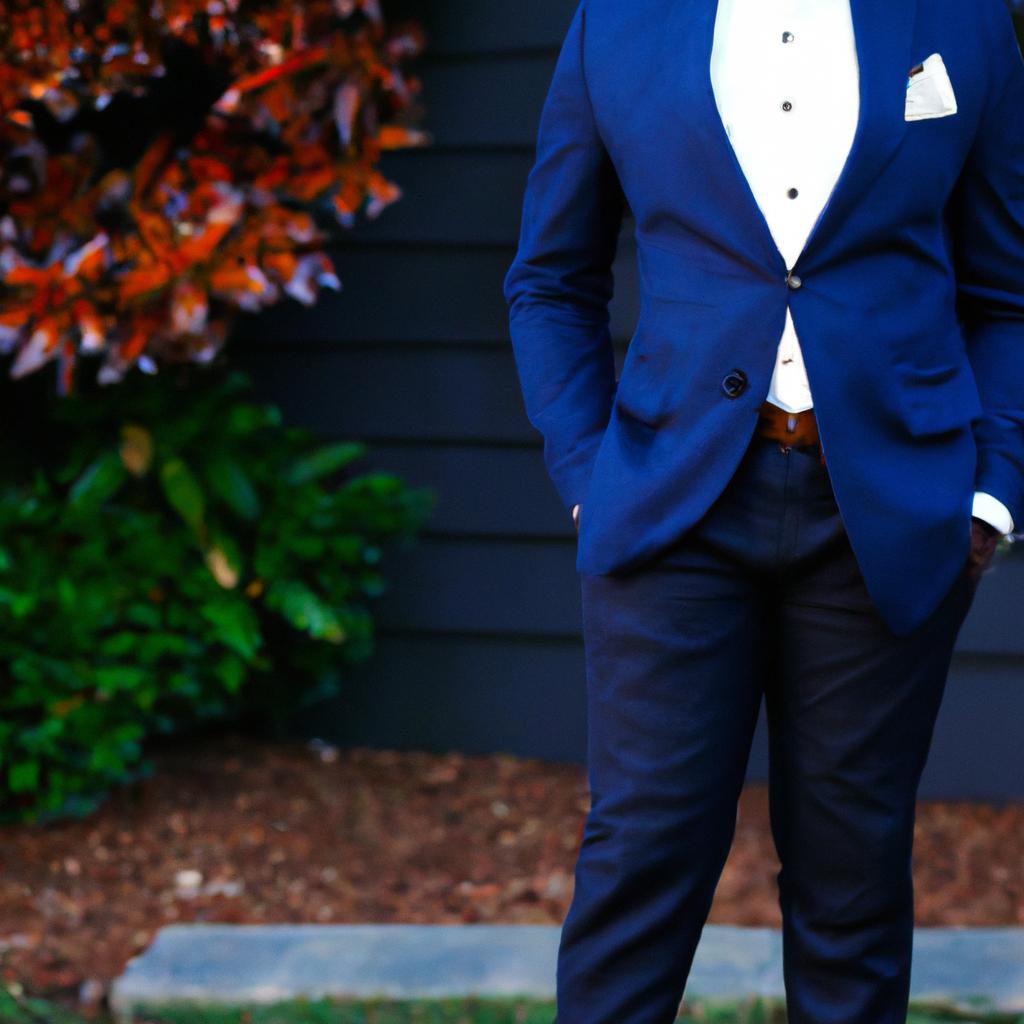 Elevate Your Style with These Menswear Must-Haves – Essential Wardrobe Pieces Every Man Needs
Elevate Your Style with These Menswear Must-Haves – Essential Wardrobe Pieces Every Man Needs 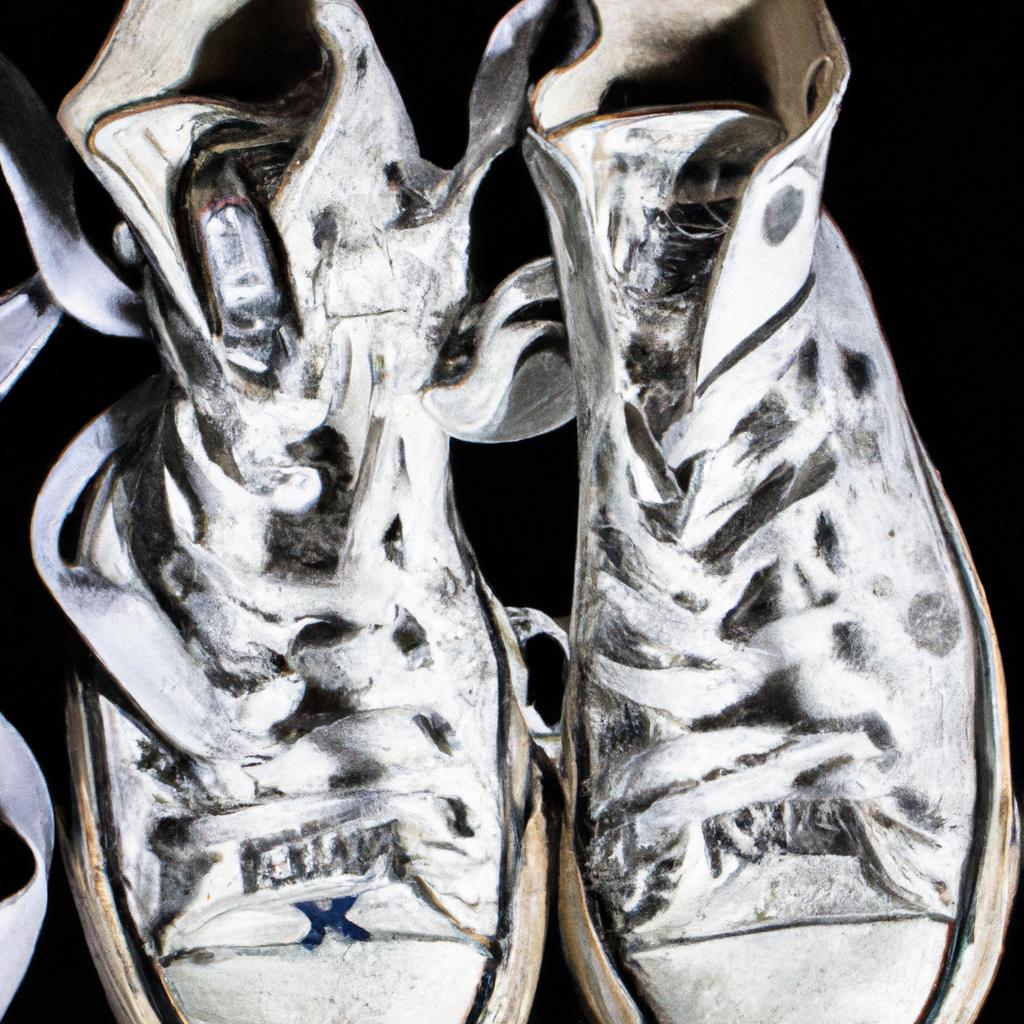 VALUE!:excerptstartDiscover the captivating story of sneakers and their influence on fashion. Learn how to make this art form a part of your personal style
VALUE!:excerptstartDiscover the captivating story of sneakers and their influence on fashion. Learn how to make this art form a part of your personal style  Unleashing the Power of Fashion for Athletes: Striking a Balance Between Performance and Style
Unleashing the Power of Fashion for Athletes: Striking a Balance Between Performance and Style 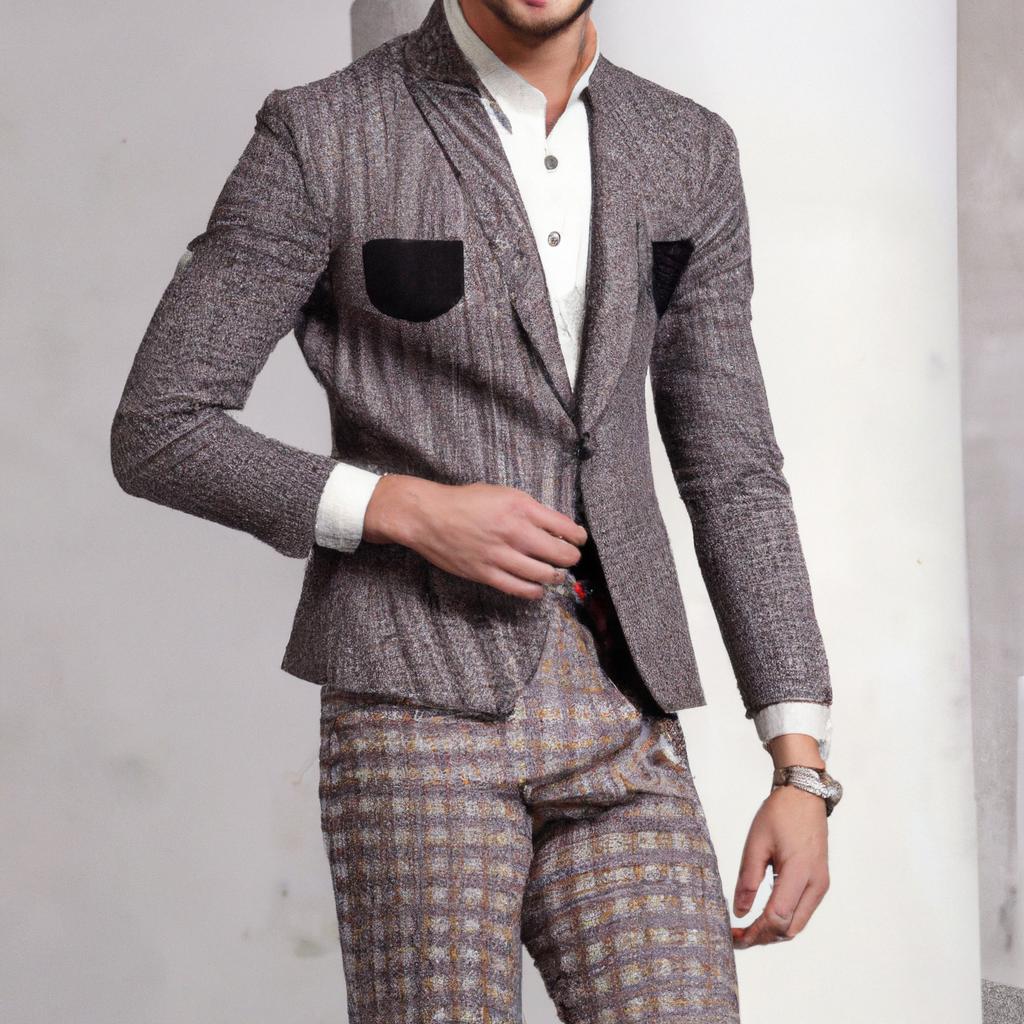 The Renaissance of Vintage Menswear: Combining Retro Styles with a Modern Edge
The Renaissance of Vintage Menswear: Combining Retro Styles with a Modern Edge 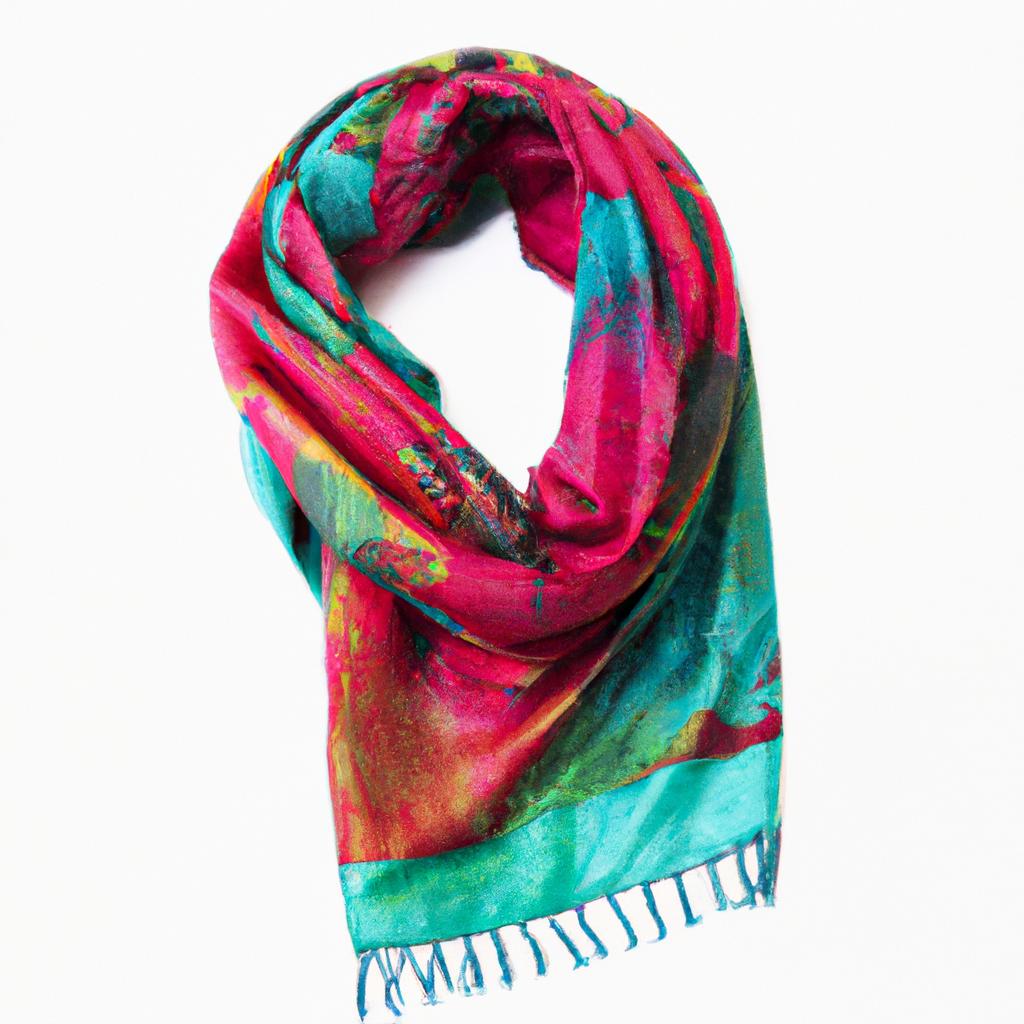 Age is Just a Number: How Fashion Transcends All Generations
Age is Just a Number: How Fashion Transcends All Generations  Revolutionizing Fashion: How Technology is Shaping the Industry Today
Revolutionizing Fashion: How Technology is Shaping the Industry Today 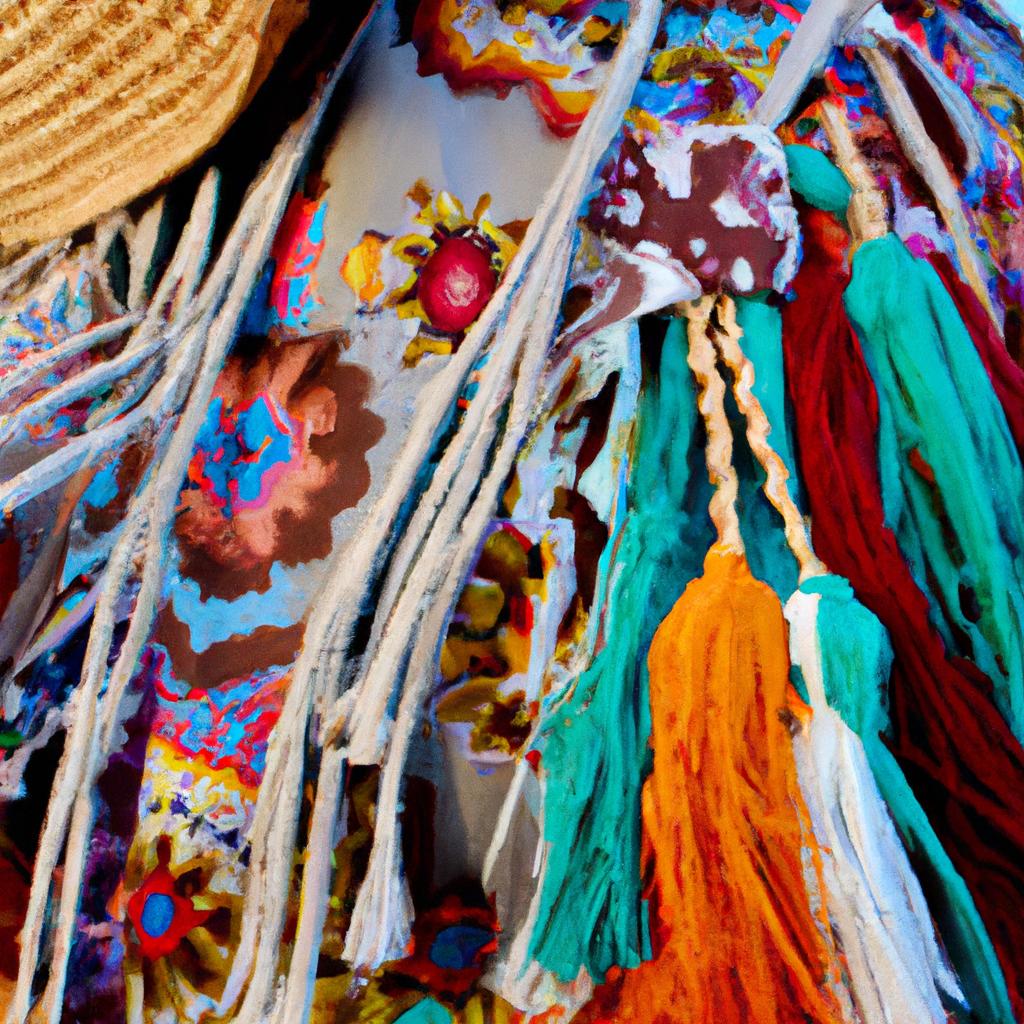 From East to West: Exploring Global Fashion Trends Across Continents
From East to West: Exploring Global Fashion Trends Across Continents  Cruising in Style with CarmelLimo: Because You Deserve to Feel Fancy
Cruising in Style with CarmelLimo: Because You Deserve to Feel Fancy 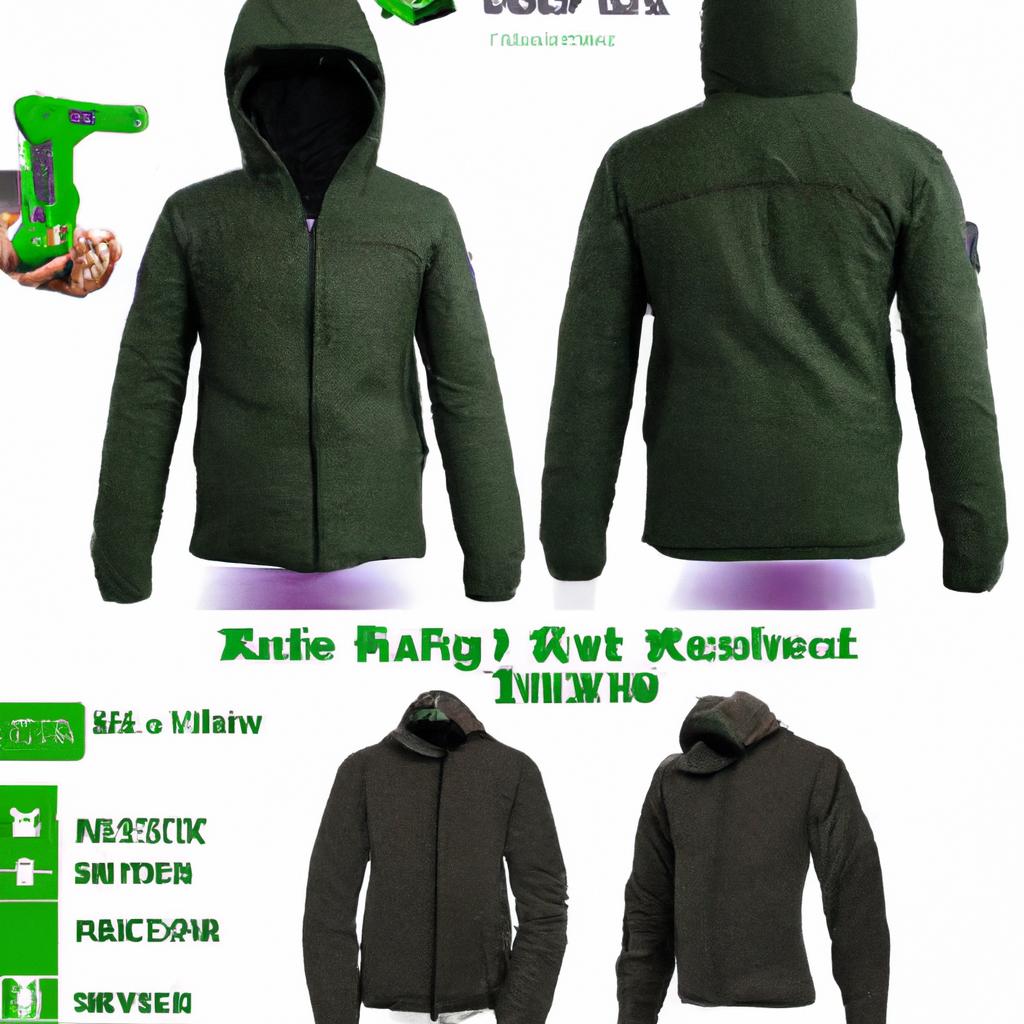 Dress to Impress: Essential Menswear for Every Weather Condition
Dress to Impress: Essential Menswear for Every Weather Condition